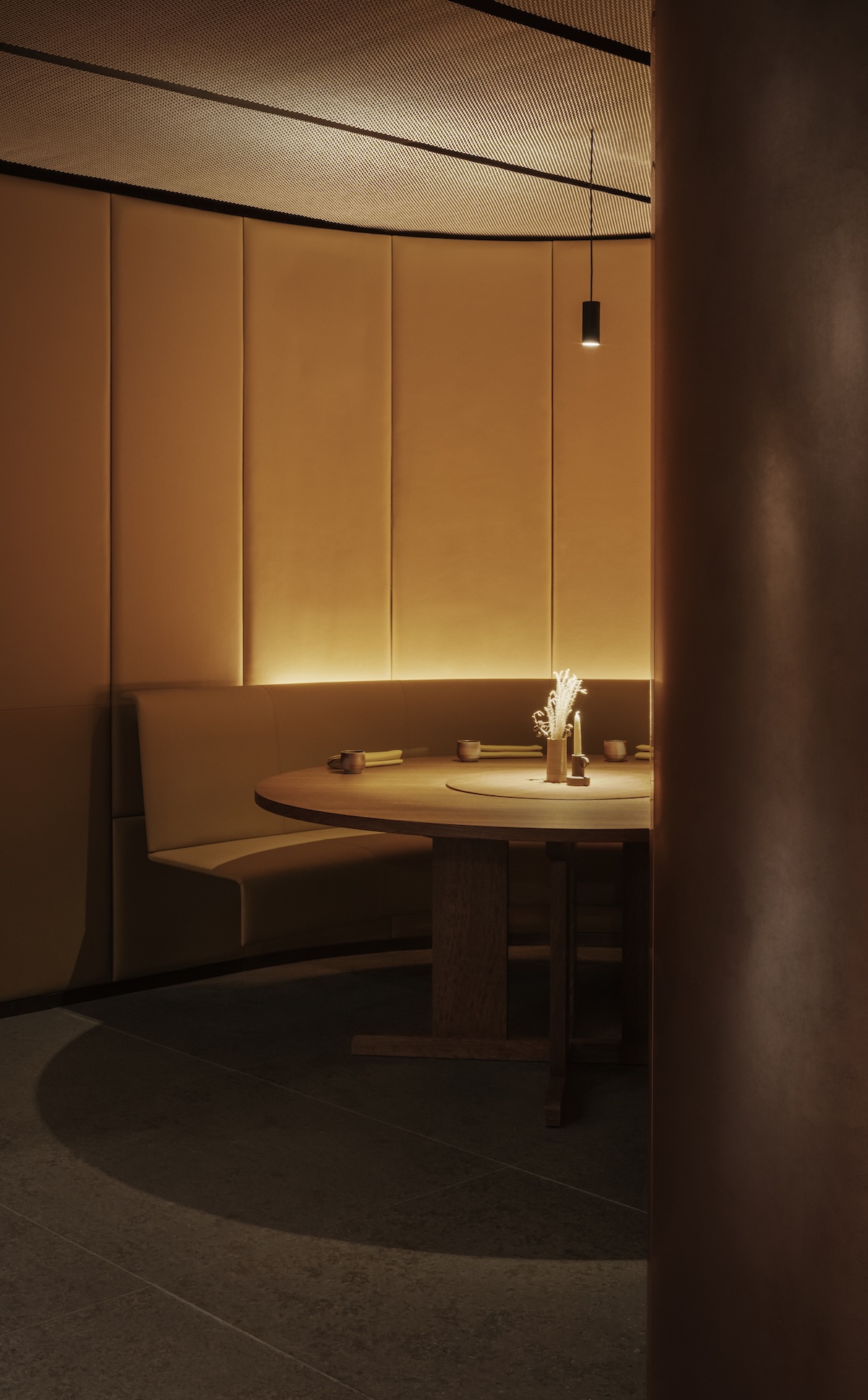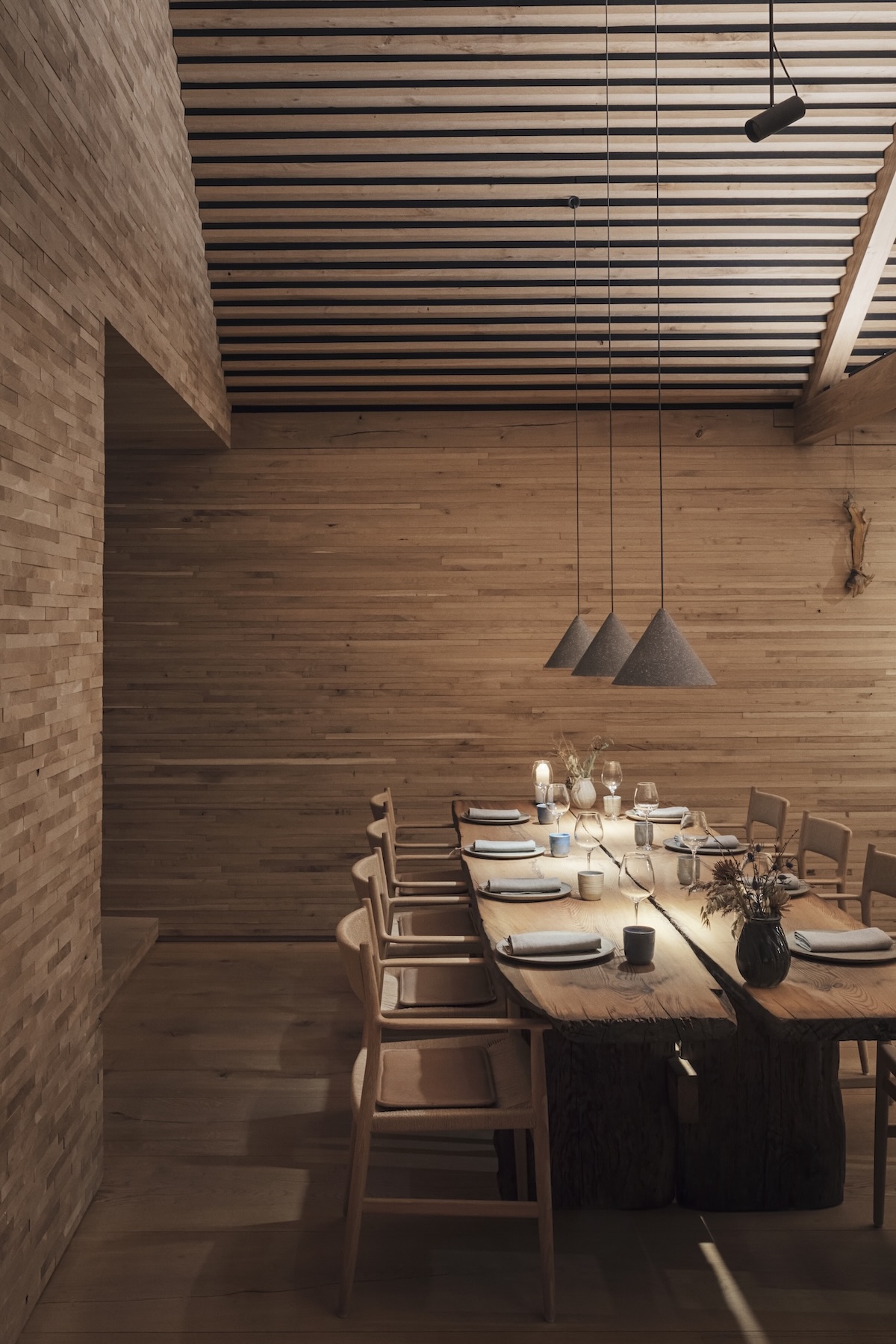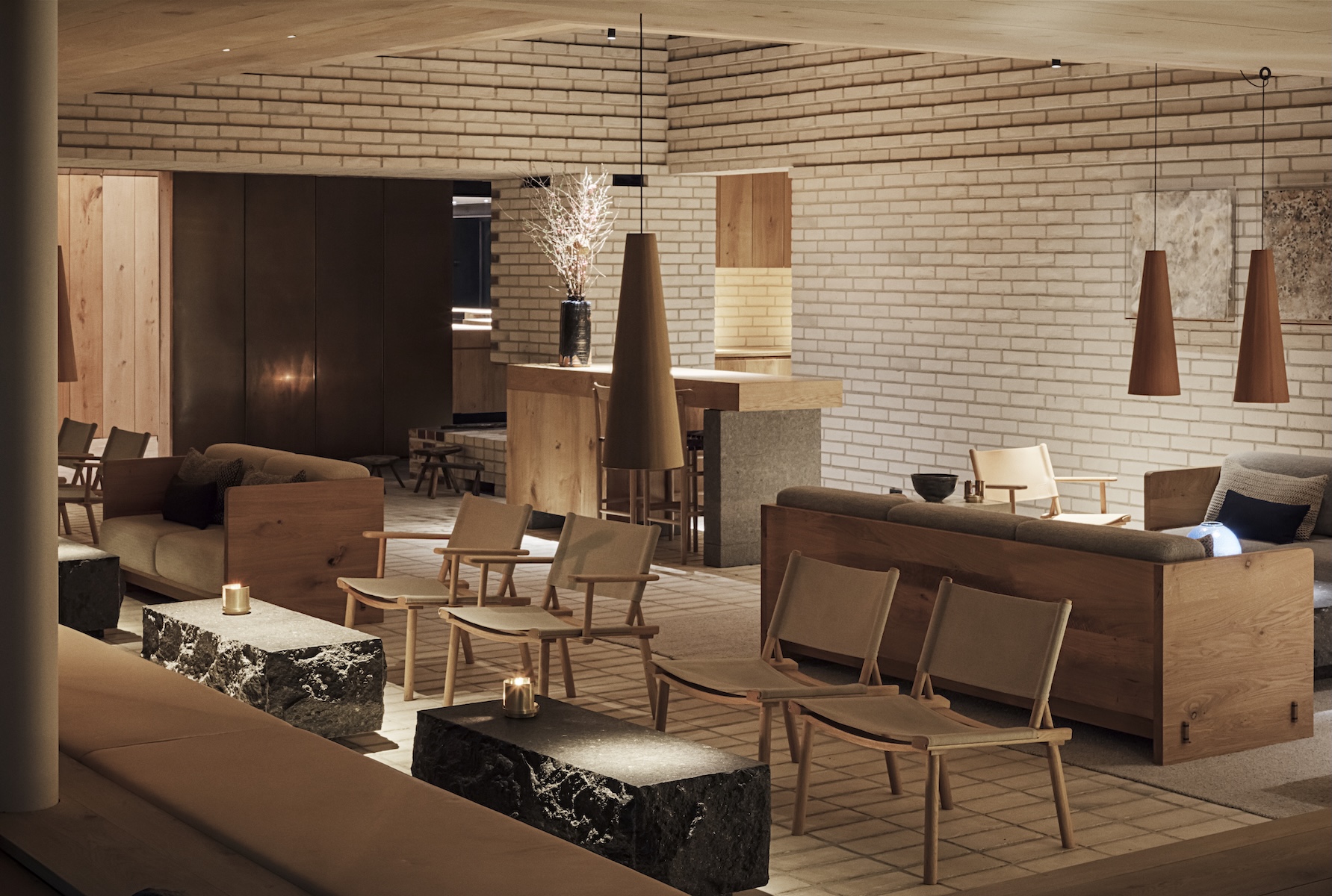JOIN the AFICIONADOS
Get the insider news and lowdown on what we've been up to, where we've been, and who we've met along the way. Be the first to discover new places and get the scoop on our favourites.
In a world where luxury is often rehearsed rather than felt, Copenhagen-based architect and designer David Thulstrup works to strip the noise away. His is an architecture of empathy, of stillness, of finely tuned material honesty. Known for projects such as Ikoyi at 180 The Strand in London, TimeSpirit for The Macallan and the Roca Brothers in Speyside, Scotland, and Noma 2.0 with René Redzepi and Bjarke Ingels, Thulstrup’s portfolio reads like a study in how to design for human experience rather than for show.
Every experience of space, he believes, begins with the sense that something is right; that materials, light and proportion belong together. For Thulstrup, architecture is an act of sensing as much as shaping. His work seeks authenticity through clarity, guided by the idea that a place should reflect both its purpose and the people who inhabit it.
Based in Copenhagen, Thulstrup founded his studio in 2009 after formative years with Jean Nouvel in Paris and Peter Marino in New York. Those experiences shaped a rare dual perspective: the expressive vision of Nouvel balanced by Marino’s meticulous craftsmanship. His projects, spanning private homes, restaurants and hotels, are defined by material richness and a deep respect for context. Each begins with curiosity: who is it for, and how can it feel true to its surroundings?
His architectural language merges Scandinavian heritage with contemporaneity and clarity. Guided by a human-centred approach, Thulstrup’s practice favours tactility, comfort and authenticity. Among his most recognised works are Noma in Copenhagen and Ikoyi in London, alongside bespoke residences that share the same quiet integrity. Architectural Digest, Wallpaper, Monocle, Dezeen and The New York Times have celebrated his work.
In 2023, Phaidon Press published his first monograph, David Thulstrup: A Sense of Place.
The old ideas of luxury are fading. Where once hotel bars and restaurants mirrored a global sameness, Thulstrup sees a reawakening: a generation seeking to travel through place, not past it. “We are moving away from copying historical notions of luxury towards something built on place, connection, context and experience,” he says. “People no longer find meaning in repetition.”
His work often begins with listening, not sketching. “I sense with my eyes,” he explains, citing Juhani Pallasmaa’s idea of seeing with your skin. It is this sensory empathy that allows his spaces to feel so confidently resolved. He choreographs movement through light, material and proportion, guiding the body with subtle cues rather than spectacle. A marble cut at one metre feels different to one cut at four, he notes, because scale speaks directly to the body’s intuition.
For Thulstrup, materiality is never surface; it is language. He talks about Öland stone, a Swedish limestone with warmth and variation, and silver, a metal that captures the conversation between light and touch. Even glass becomes a living element, as he recalls the fluid artistry of Tapio Wirkkala. Texture, he believes, should speak when needed and stay silent when it must. “If you do not give space for intuition, you lose the emotional response that makes a project resonate.”
When Iain Ainsworth, founder of The Aficionados and long-time admirer of Thulstrup’s work, sat down with the architect, their conversation turned naturally to comfort, authenticity and the shifting language of luxury. Comfort, for Thulstrup, comes from care, not novelty. “When a project is done with care, it becomes timeless,” he says. It is a sentiment that mirrors Ainsworth’s own belief that true comfort and original luxury are found in the detailing, the layers, and that ineffable feeling that a space is unnew.
For Ainsworth, the timing feels right. There is a quiet inevitability that David Thulstrup will see more commissions to bring his sensibility to the world of hotels. He has the foresight to rethink what a Grand Dame might mean today, stripping it back to its essence of grace, scale and belonging, or to curate a bijou, design-led pitstop for the creative nomad. His sensitivity to atmosphere, his rigour and his instinct for comfort mark him as the architect capable of redefining the new language of hospitality, one grounded in care rather than display.
Thulstrup’s collaborations with chefs such as Jeremy Chan, René Redzepi and the Roca Brothers reveal a shared respect for intuition and generosity. “They hold immense knowledge and wish to give, not just to guests, but to their teams and communities,” he says. “They have all taught me something different.”
As hospitality evolves, Thulstrup sees design turning towards authenticity, emotion, craft and a renewed sense of giving back. “We are entering a new phase built on the legacy of those who made hospitality an art form,” he reflects. “The new generation values depth over display. We are learning that people do not want to live in concepts, but in beauty, emotion, care and restoration.”
It is this balance between intellect and intuition that makes David Thulstrup one of the defining voices in contemporary design. His architecture listens, it feels, it connects; a quiet radicalism that may just be the future of hospitality itself.





